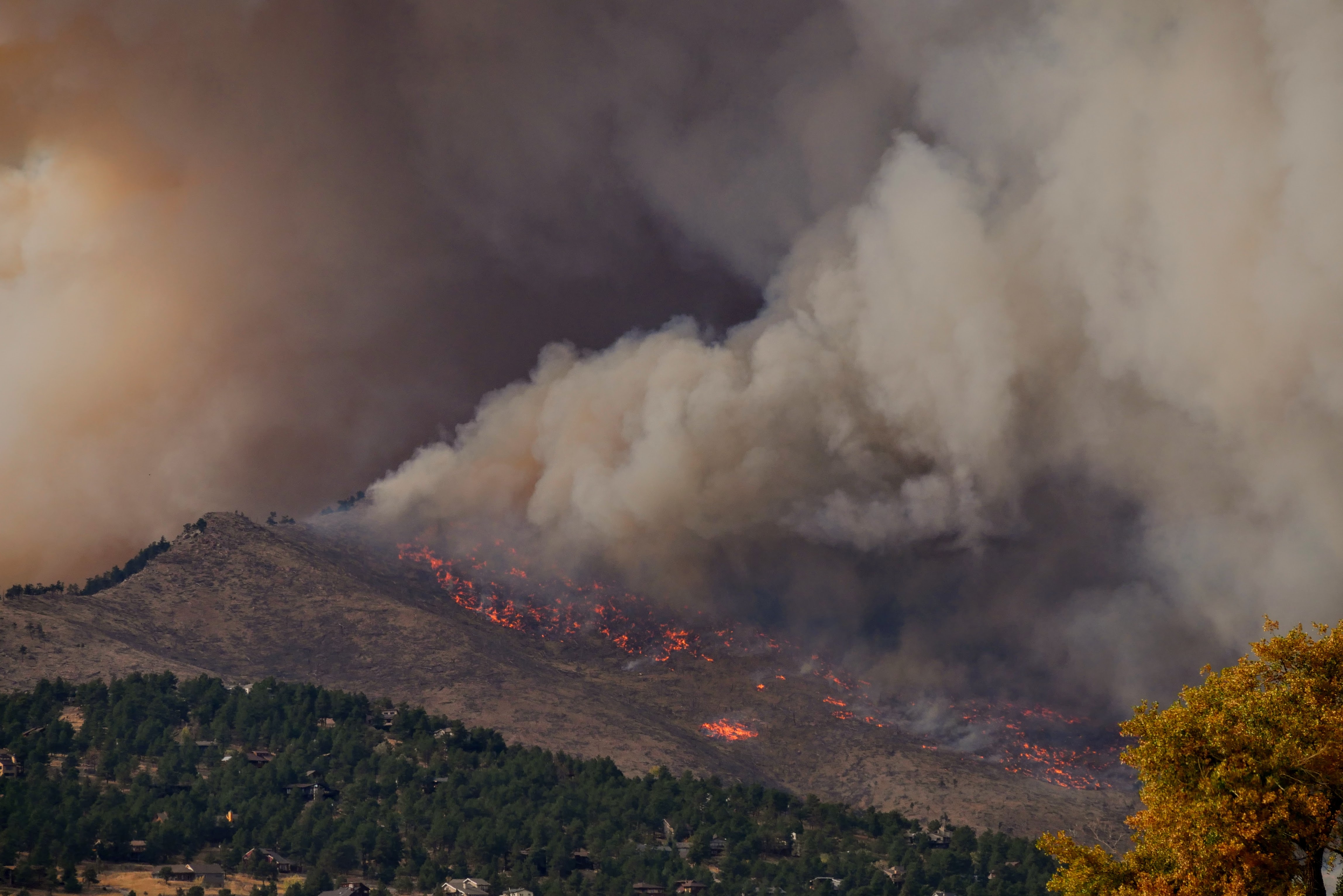About
One of the greatest threats Californians face as the climate changes is the increasing size, severity, and frequency of wildfires. These wildfires pose a growing threat to human welfare through both direct (e.g. property damage) and indirect (e.g. air quality impacts) channels. In 2020 – the largest wildfire season ever recorded in the state – more than 4.3 million acres burned, resulting in an estimated 112 million tons of carbon dioxide (CO2) released into the atmosphere.
Through previous research, we developed the Climate Vulnerability Metric (CVM), a tool for understanding the relative impact of climate change across California’s diverse communities. The CVM quantifies the community-level impacts of a warming climate on human welfare, including projected impacts on labor, human mortality, household energy costs, and flood-related property damage. To support wildfire resilience and prepare for the future, we are building on this work to assess community-level wildfire risk under climate change in California. This initial scoping project will build tract-level estimates of climate change impacts on burn hazards faced by people and properties, while outlining a framework for future integration of wildfire and smoke-related health impacts into the CVM. In the future, this research could augment the existing risk categories of the CVM by incorporating the lived-experience impact of wildfires in California.
